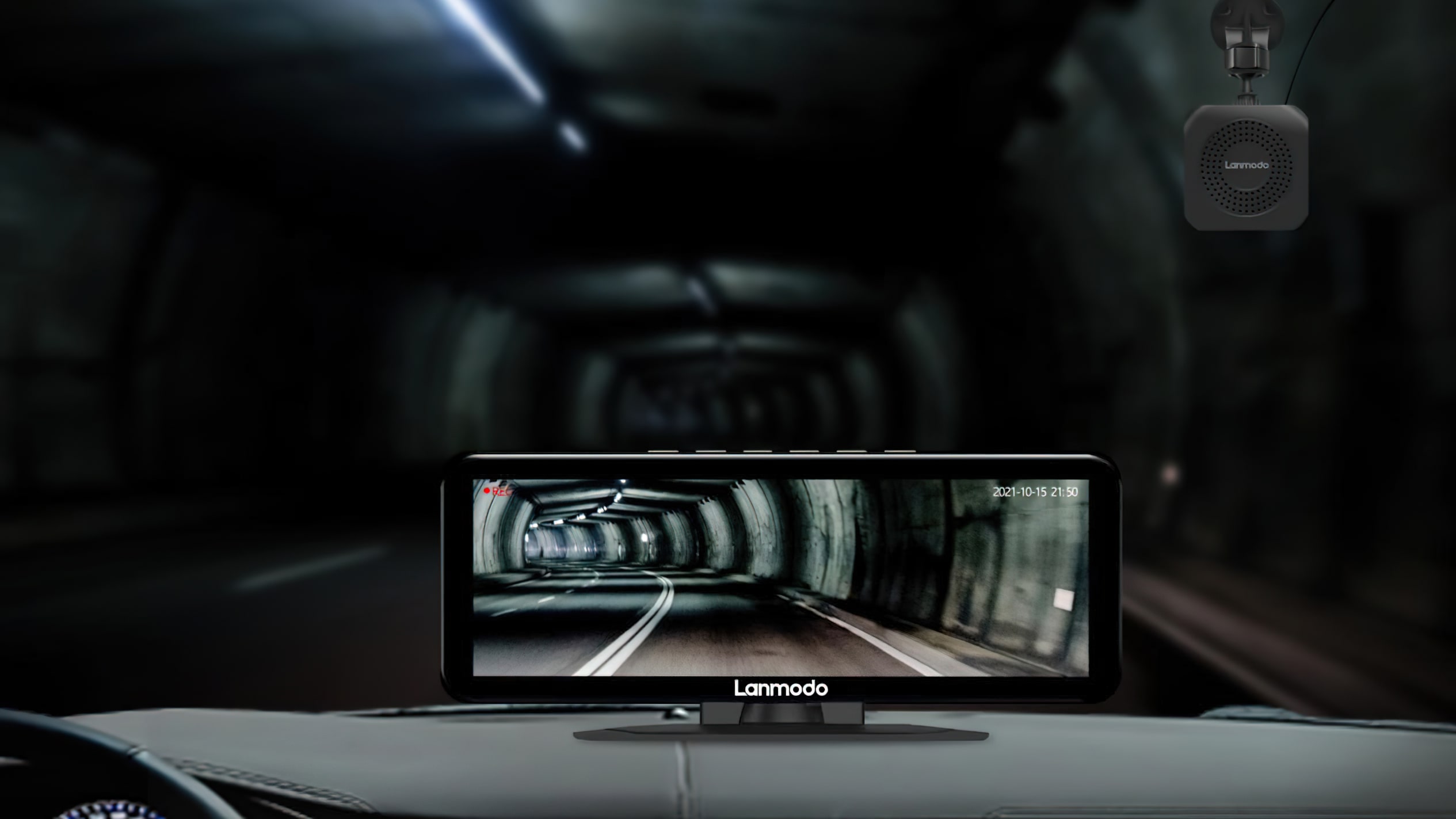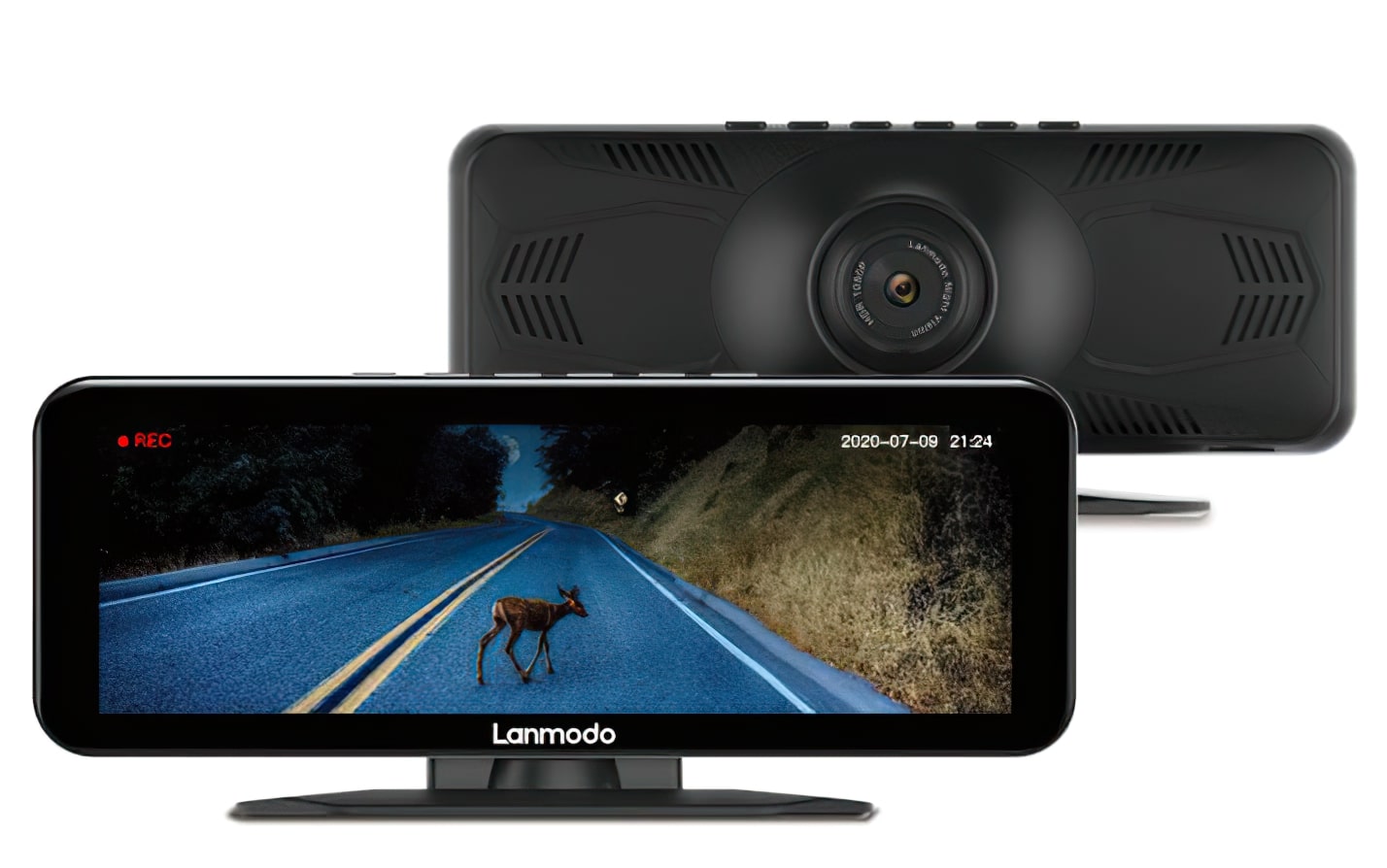
Considering it has an Nvidia GeForce RTX 2080 Ti and an Intel Core i9-9900K inside it, Alienware’s Aurora R8 gaming desktop certain is diddly. Measuring 472mm tall, 212mm vast and simply 360mm deep, this modern, 28 litre chassis is noticeably smaller than the mid-tower case I’ve at the moment received shoved beneath my desk. It’s so small, actually, that it could actually sit on high of my desk fairly fortunately with out taking over an excessive amount of room, and its three-pronged RGB gentle strips down the facet don’t distract from the duty at hand, both. If something, it’s the followers you’ll discover probably the most, as this liquid cooled powerhouse continues to be fairly the whoosher and whirrer beneath load. Still, as a pint-sized pre-build with the quickest elements at the moment out there, is the Aurora R8 value contemplating as your subsequent PC? Here’s wot I feel.
In retaining with Alienware’s Area 51 vibe, the Aurora R8 seems prefer it’s been beamed in off the set of Bladerunner or an previous X-Files episode. You’ve in all probability already received some sturdy opinions about whether or not you want that form of factor or not, however though it seems fairly incongruous on my manky, previous, tea-stained and cat-hair lined Ikea desk, there’s something pleasingly futuristic about its monolithic-style chassis and the refined beams of sunshine leaking out of its seams.
For me, it’s a glance that oozes energy and class, however open up the grill facet of the Aurora R8 and also you’ll instantly see what sort of compromises you’re making for selecting such a small, compact chassis. Indeed, except you’re actually assured with the previous screwdriver, this isn’t one thing you’re going to have the ability to improve simply when it begins to really feel a bit lengthy within the tooth.
If you purchase it with one of many top-end specs, this in all probability gained’t be a lot of an issue. After all, a Core i9 / RTX 2080 Ti combo ought to final you loads of time earlier than they begin feeling a bit creaky, and by then you definately may not thoughts as a lot shopping for an entire new system. However, if you happen to’re fascinated about getting one of many lower-end Aurora R8 specs, such because the entry-level £799 Core i3 / RX 560 construct (or $900 Core i5 RX 560 construct if you happen to’re within the US), then that’s going to begin feeling older a lot faster as games get an increasing number of demanding. As a consequence, I’d solely actually suggest going for a compact chassis like this if you wish to go all out on the out there elements – in any other case you’ll simply be taking pictures your self within the foot additional down the road.
The solely factor you can actually tinker with with out taking every little thing aside is the storage, as you’ll discover two free drive bay mounts on the very backside of the case beneath the graphics card. The solely factor you’ll want to provide are the SATA cables (the ports for that are nearly reachable within the again nook), as the facility cables have been handily tucked inside one in every of them for simple entry. You can in all probability additionally nearly add one other PCIe x1 enlargement card if you happen to’re feeling notably nimble, however that’s just about your lot.
The eagle-eyed amongst you’ll have additionally noticed that the RTX 2080 Ti graphics card is definitely a single-fan, blower-style mannequin reasonably than a dual-fan, and even triple-fan job (see beneath, click on to enlarge). This is one other compromise you’re making right here, and it had a noticeable impression on the Aurora R8’s efficiency as an entire.
Indeed, regardless of being paired with Intel’s ludicrously quick Core i9-9900Okay CPU, the Aurora R8’s 4K and 1440p gaming prowess was both slower, or roughly the identical because the outcomes I obtained in my Nvidia GeForce RTX 2080 Ti review, the place I examined the dual-fanned Nvidia Founders Edition of the cardboard with my very own non-water-cooled Core i5-8600Okay PC. That’s not nice once you’re spending £2849 / $3100 on a PC like this, and it simply goes to point out that having high of the road specs doesn’t essentially equate high of the road energy.
In Assassin’s Creed Odyssey, for instance, the Aurora R8 was a mean of 10fps behind my Founders Edition outcomes once I ran its inside benchmark on Ultra High high quality settings at 4K, coming in with a mean of simply 44fps versus 54fps. Both programs managed a mean of 59fps once I dropped the decision right down to 1440p on Ultra High, however I hoped the addition of a Core i9 might need bumped that up a bit greater for the R8, particularly once I’ve long-suspected that my Core i5 has been appearing as one thing of a bottleneck on this regard.
The R8 was round 5fps slower in Metro Exodus as effectively once I ran its benchmarking software at 4K, ending with a mean of 45fps on Ultra and 51fps on High. My PC, alternatively, managed 49fps and 56fps respectively. The hole solely widened at 1440p as effectively, with my PC spitting out a mean of 74fps on Ultra over the R8’s 67fps.
It was an analogous image in Total War: Warhammer II. Whereas the R8 averaged 49fps on Ultra at 4K, my PC simply pipped it to the publish with a mean of 53fps – a lift it then doubled at 1440p when it got here in with 89fps on Ultra over the R8’s 80fps.
Final Fantasy XV was one other defeat for the R8 as effectively. While my PC was able to producing between 40-45fps with all of Nvidia’s fancy results turned on at 4K on Highest, the R8 couldn’t even break 40fps, and as a substitute rattled alongside between 33-37fps. It managed to catch up a bit once I turned all of the Nvidia results off, reaching related highs of 56fps in comparison with my PC’s peak of 57fps, but it surely additionally bottomed out at 48fps in comparison with my PC’s low of 51fps.
Elsewhere, the R8 was just about on par with my Core i5 RTX 2080 Ti outcomes, posting equally quick 4K body charges in The Witcher III (60-76fps on Ultra), Monster Hunter: World (40-50fps on Highest) and Shadow of the Tomb Raider (40-45fps on Highest). However, I nonetheless can’t assist however really feel a bit disillusioned by the Aurora R8’s general efficiency, and I think it’s in all probability right down to Alienware’s selection of card.
After all, the Core i9-9900Okay’s efficiency in Geekbench 4, for instance, was roughly bang on with earlier outcomes I’ve recorded for that processor (5817 within the single core take a look at and 29219 within the multicore take a look at, if you’d like the precise figures), which would appear to recommend its lacklustre gaming efficiency lies squarely with the GPU.
It’s a disgrace, actually, because it places a reasonably large downer on the R8’s general attraction for me – though with out understanding what sort of playing cards are included in different specs, it’s troublesome to say for certain whether or not this type of efficiency deficit extends to the remainder of the R8’s configuration line-up or is proscribed solely to the RTX 2080 Ti fashions.
Either manner, it doesn’t precisely bode effectively for this desktop gaming PC, so if you happen to’re actually useless set on shopping for a high-end pre-build like this versus building your own gaming PC, then I’d need to suggest one thing else just like the Asus ROG Strix GL12CX, whose Core i7-9700Okay / RTX 2080 spec can at the moment be had for £2000 / $2500. This PC’s efficiency is way more in line with what I’d usually anticipate from this type of spec, plus it’s a heck of quite a bit simpler to improve, making it higher worth for cash general.










